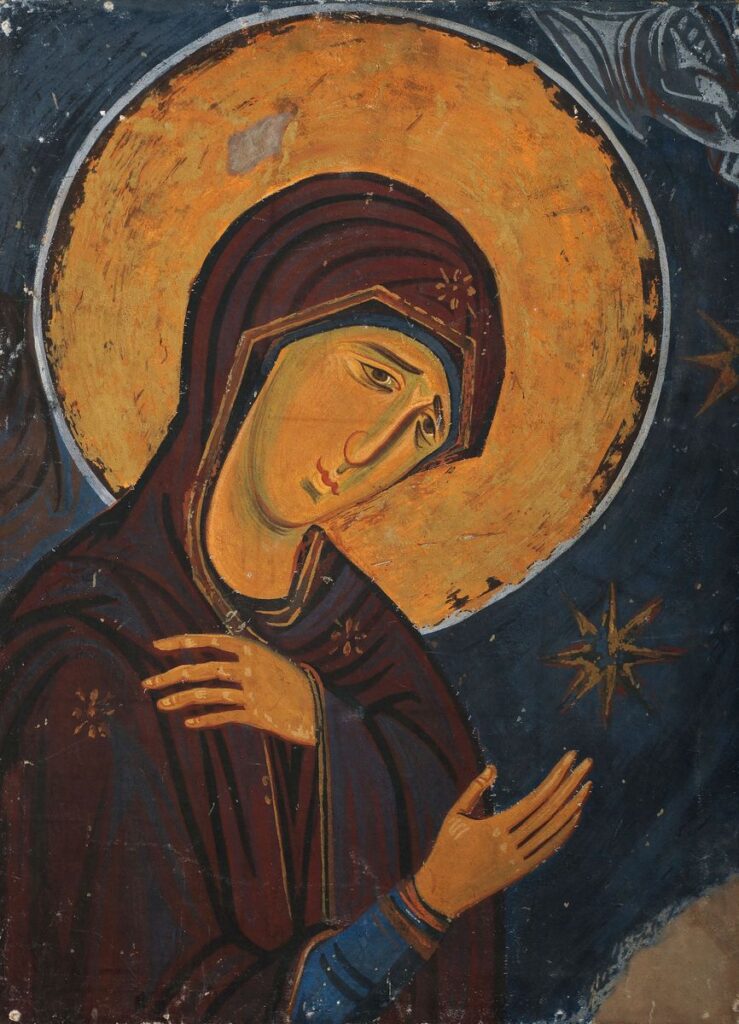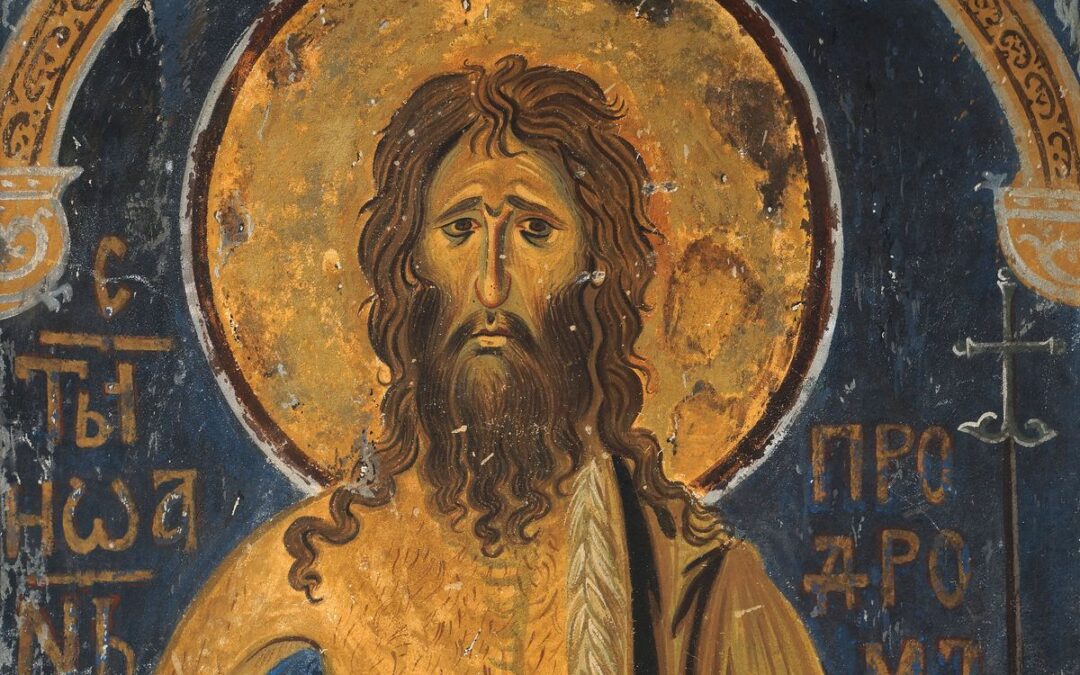On this day, marks the 20 years since the death of the artist Svetislav Mandić, poet, copyists, and researchers of the Serbian Middle Ages. The man of a sparkling talent who was led through “Imperial roads” to art knowledge by “big and peaceful Raška eyes”.
Svetislav Mandić was born on March 8th, 1921, in Mostar of Father Rista and Mother Jovanka. The fact that he will develop love of poetry during education in the state real gymnasium, is shown in his poem “Roads of Nowadays Youth According to Poem by Veljko Petrović, Trust First” which he wrote before the end of school in 1939. He publishes his first poetry work, the book of poetry “The Two” publishes with the school second Velimir Kovačević. In the Tragedy of Herzegovina’s uprising in 1941, “lenient and brave” Kovačević will be one of those “who went to the relevant forces of that incomprehensible flight when they were twenty years old.” After this minimal event, he went to Belgrade with his family leaving Mostar and August 1941. In 1990, in his song, Judgment Day, he would look back at the “horrible July” with the question “And how I would then stand in front of my neighbours, before those I have outlived so many decades”.
Upon arrival in Belgrade, he enrolled in painting at the Academy of Fine Arts. Successfully completing the study in 1950, but in 1951, he received a place of conservator in the Protection and Scientific Studies of Cultural Monuments of the Republic of Serbia, where “his painting talent focused on fresco and remained remembered as a great and fruitful copy.” He did not neglect his poetic talent, while he treated and returned to medieval frescoes of the shine of past times, in his songs, “inherited the deepest weight of medieval culture and Orthodox spirituality”. In the period from 1956 to 1957, he will become the acting director of the Institute. Since 1960, he has been coming to the position of editors of the public-publishing Institute of Yugoslavia until 1963, when he was received for several conservators in the Gallery of Frescoes, where he will stay until 1971.
The peak of its fruitful copies career is reflected in forty-six copies of the Frescoes, which Svetislav Mandić was developed in the period from 1952 to 1965 in the same monuments in which the conservation of wall painting worked. This collection counts some of the most important part of the thirteenth century, Studenica, Mileševa, Sopoćan, Gradca and Arilja, and the painting of the fourteenth century in Studenica, Dobrun, Dečani, Nova Pavlica, Ramadi.

He believed that “art on man can act successfully, regardless of the cultural degree that man is, only then, if it is intended for him, if he is related to his everyday life, and, forthcoming, if it contains everything Those factors that make it true art” and that “our old painting found in churches is mostly like that.” His work in addition to an exceptional studio documentary is also characterized by “technical impecciness”, which experts consider themselves in a rarity, as the copies of these years could insufficiently fix their works that caused their wimps
He will finish his career as the editor of the publishing house Tourist press in 1978, when he retired. He was the initiator, editor and designer of the first three numbers of the journal “Zograf”, one of the most important Medieval magazines in the world and with us. In the 1970s, professional research will be more intense in several books: Drevnik, Notes of the Conservator (1975), Crete and Rezes, Fragments of the Old Directory (1981), Rossete of Resava (1986) Great Lords of All Serbian Countries and Others Prosopographic Contributions (1986), Royal Son of Stefan Nemanja, Facts and Assumptions about Serbian Medieval (1990) as well as in some journals.
Rated as a poet of dreamy and elegious lyrics, he gained the favour of critics and colleagues, and published collections of poems The Two (With Velimir Kovačević) (1940), Kad Mladijah živeti (1960), and Graceful Times (1960), Poems (1990) and Zvezdara and Other Poems (1995).
Jelena Marković
art historian, volunteer
National Museum Kraljevo
